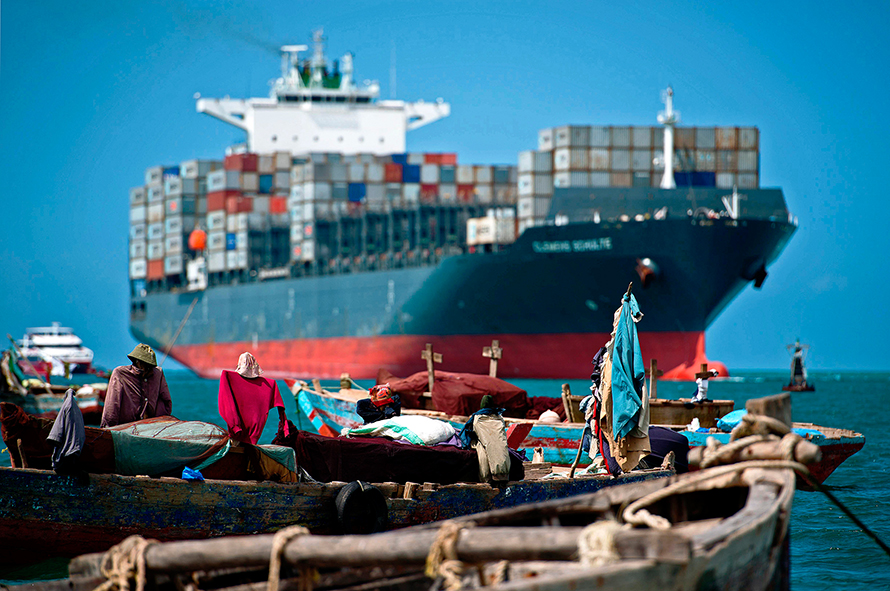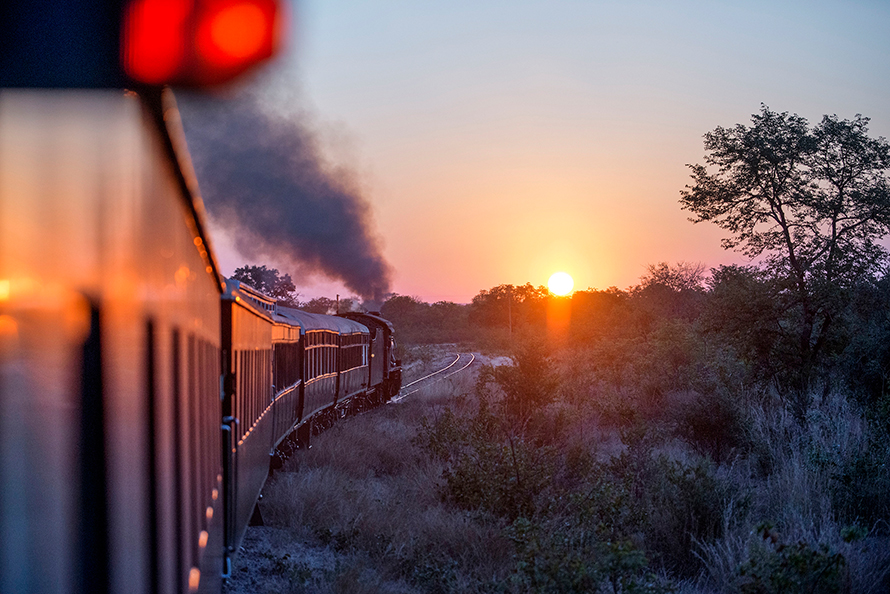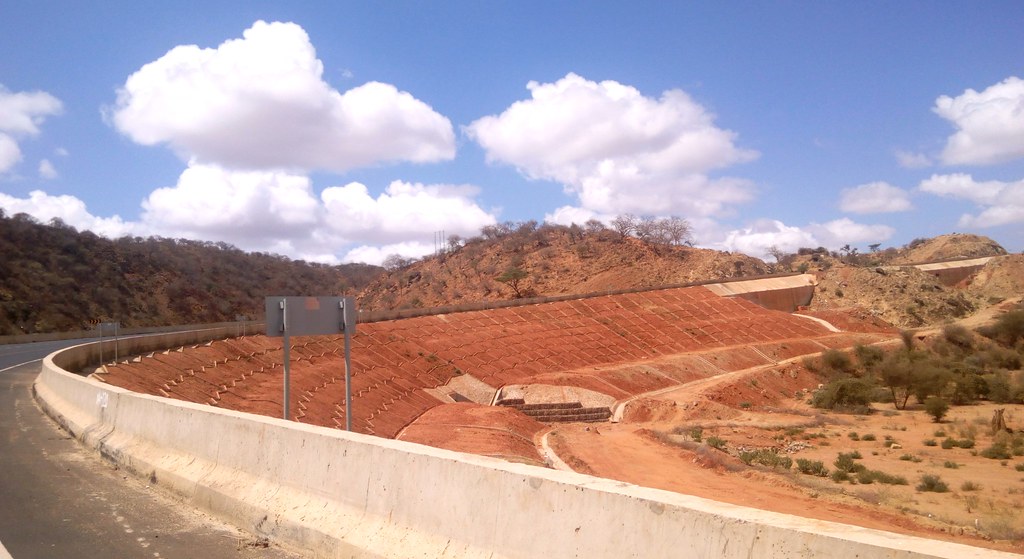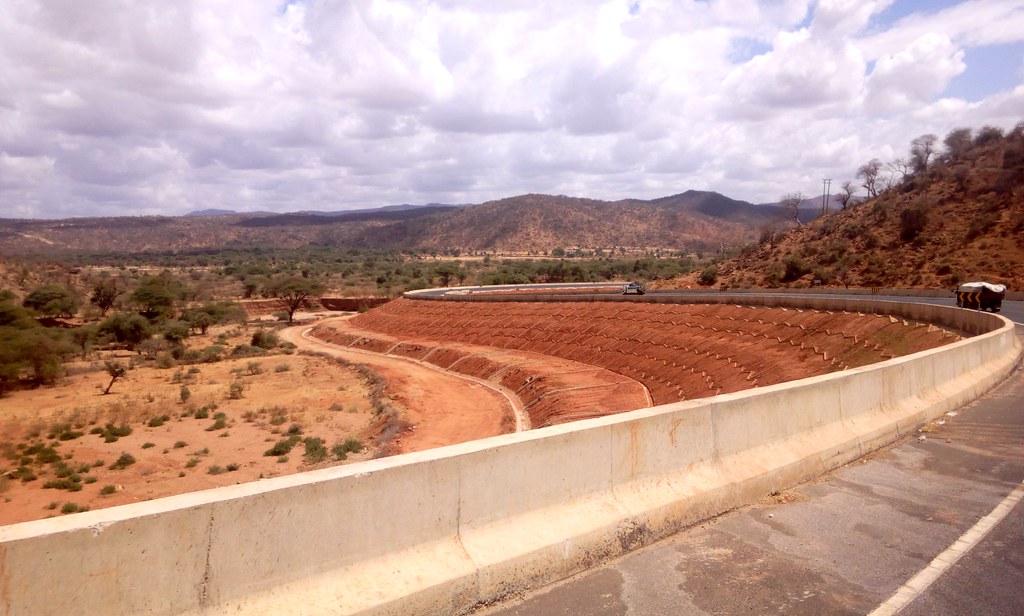Geza Ulole
JF-Expert Member
- Oct 31, 2009
- 59,033
- 79,015
Your railways are old and dilapidated and your pipelines are no larger than the ones that supply Nairobi residents with water.Ian Cruz, no way since 80% of ur people do not board KQ but use roads n railway.
On the other hand our railway infrastructure is 3 times Kenya's! Oil pipeline is 4 times Kenya's, for roads we have connected all the borders! Whereas for kenya only Namanga, Lungalunga (recently) n Malaba border posts r tarmarcked!
 Uganda-Tanzania-oil-pipeline
Uganda-Tanzania-oil-pipeline









